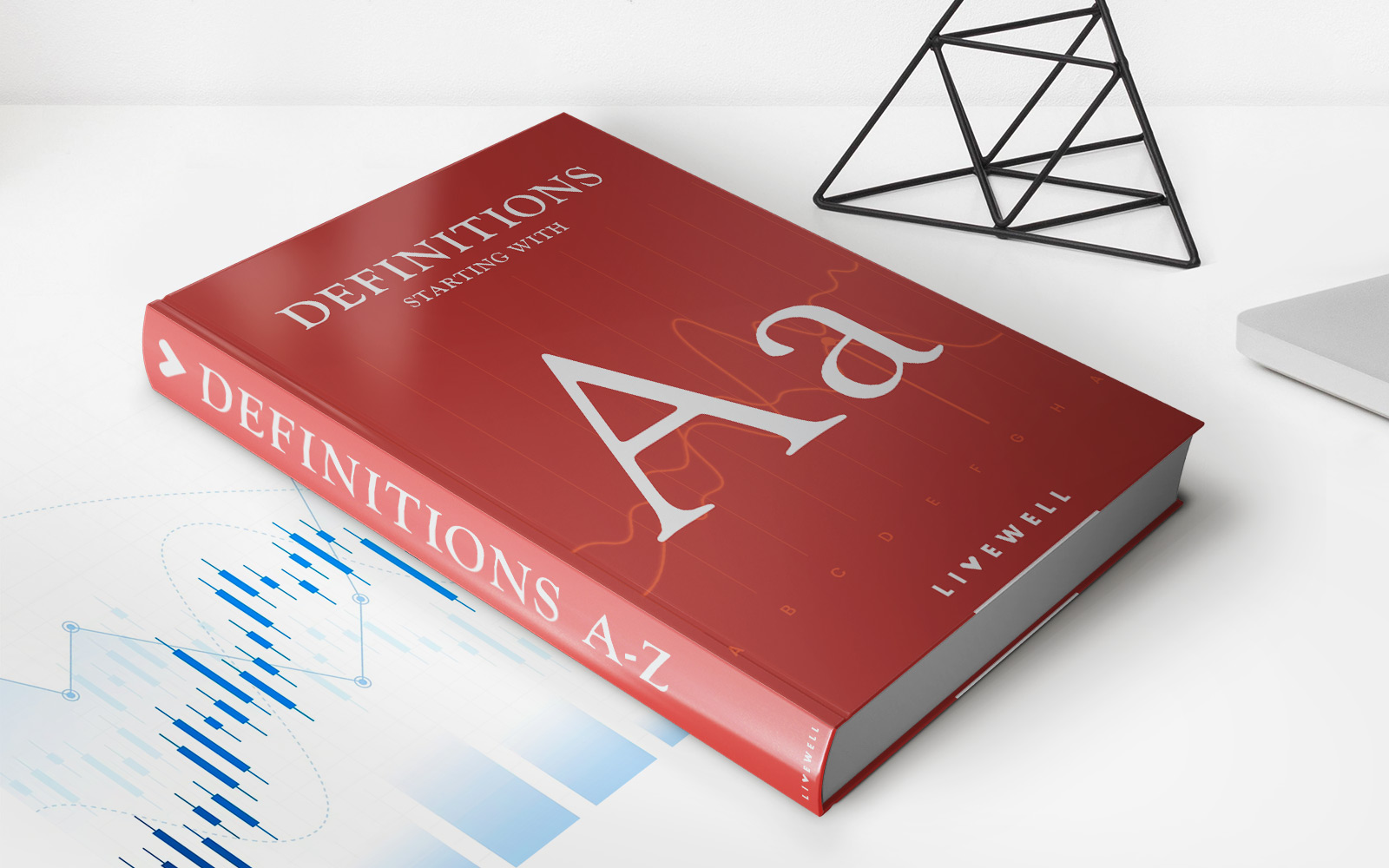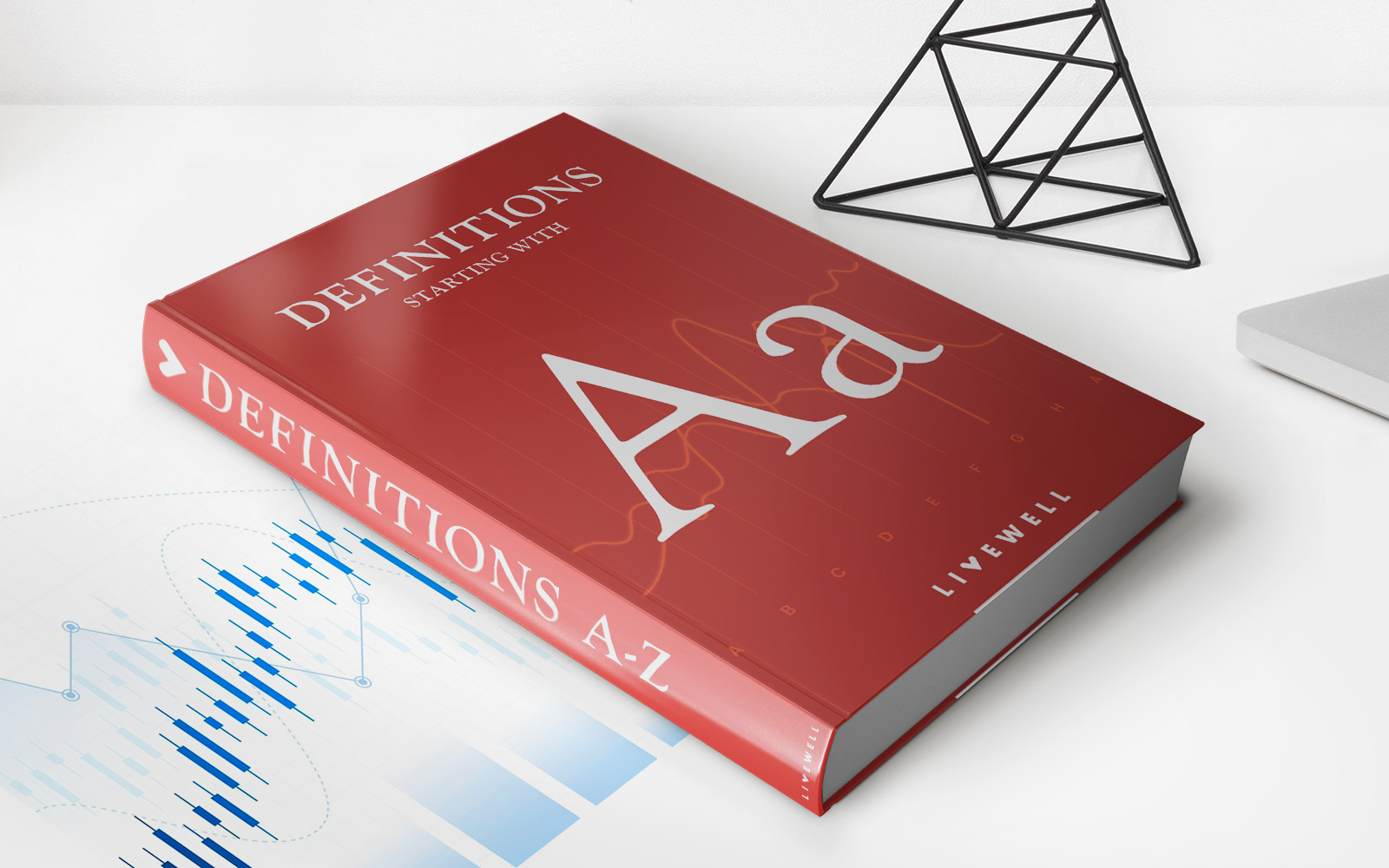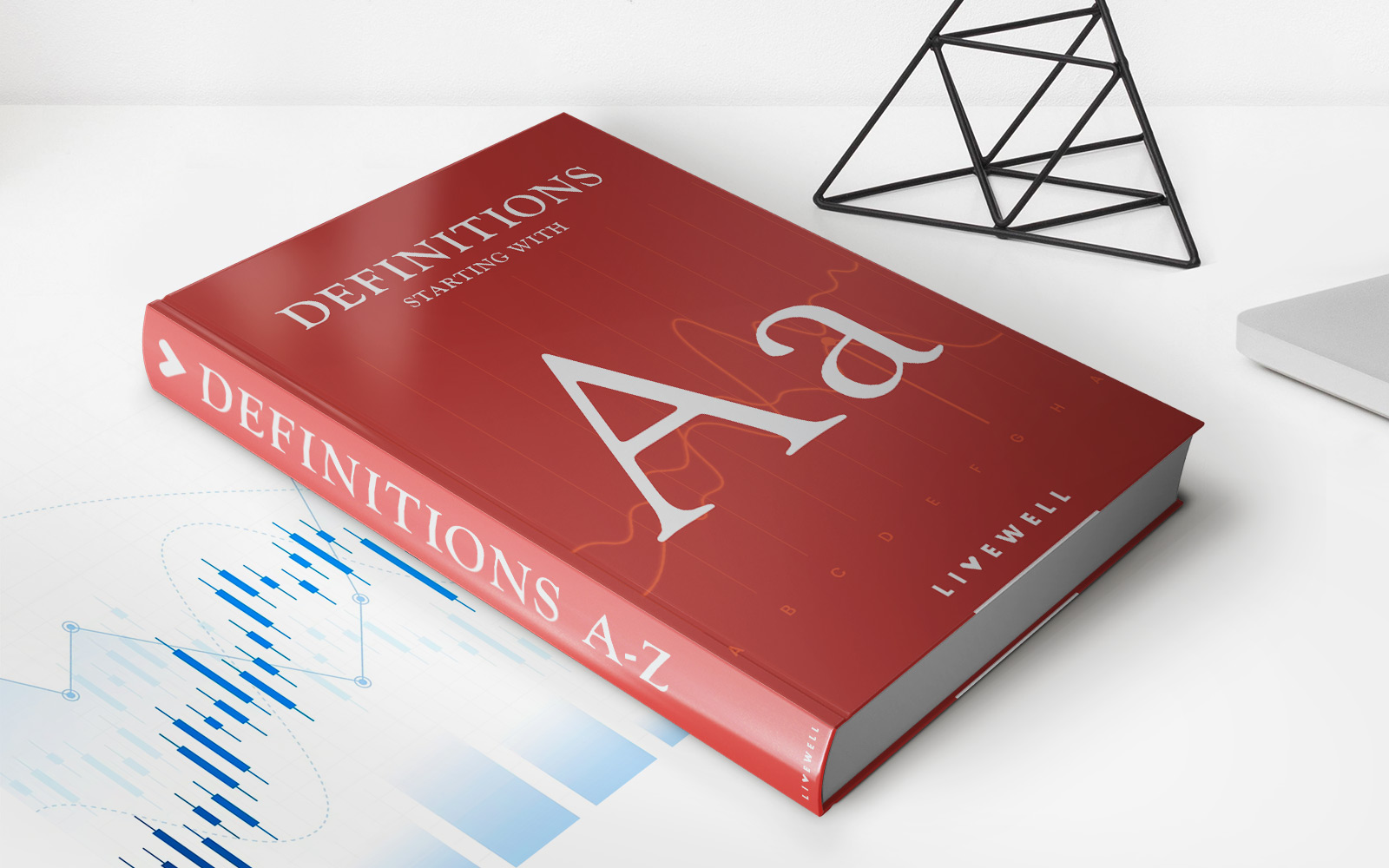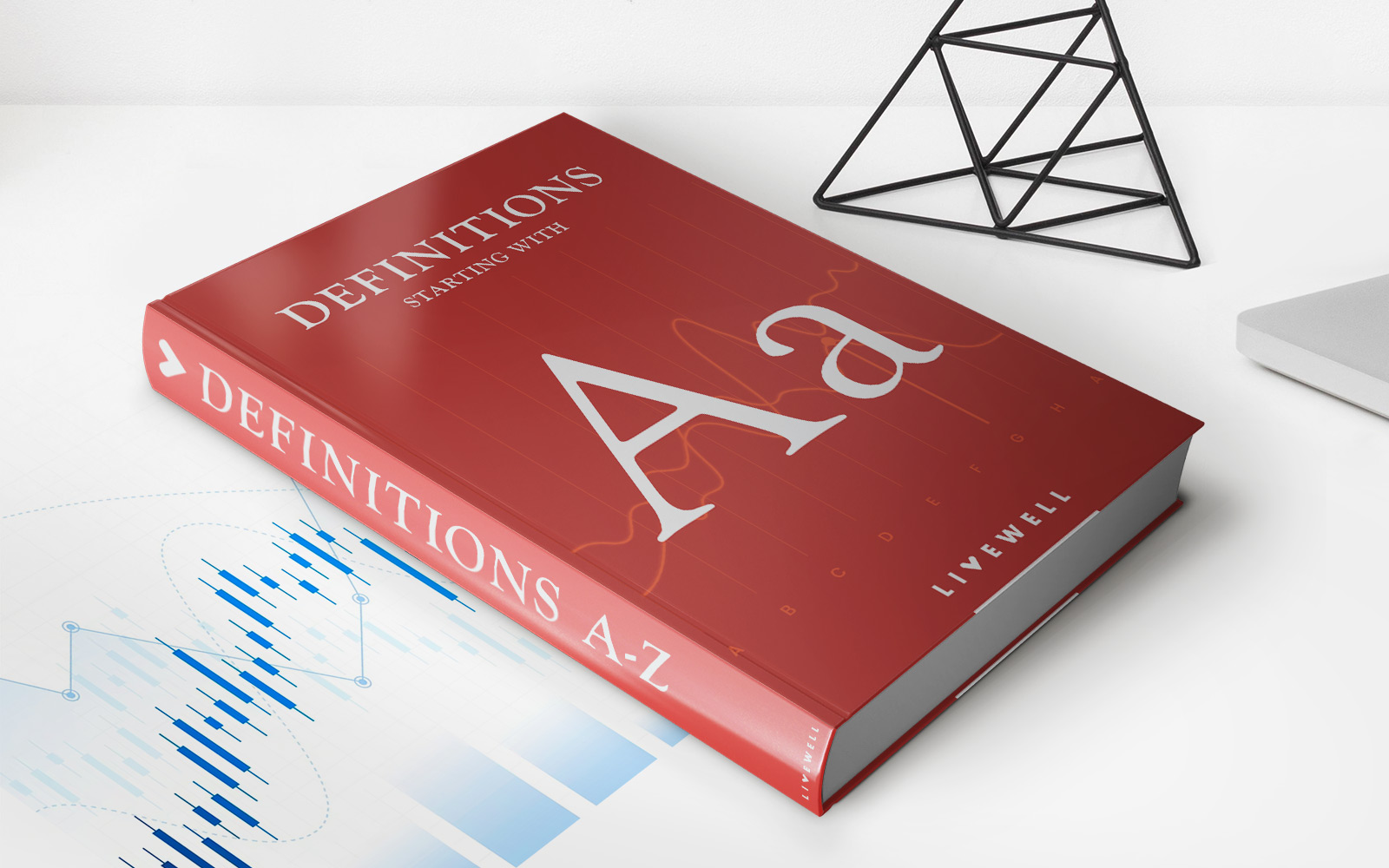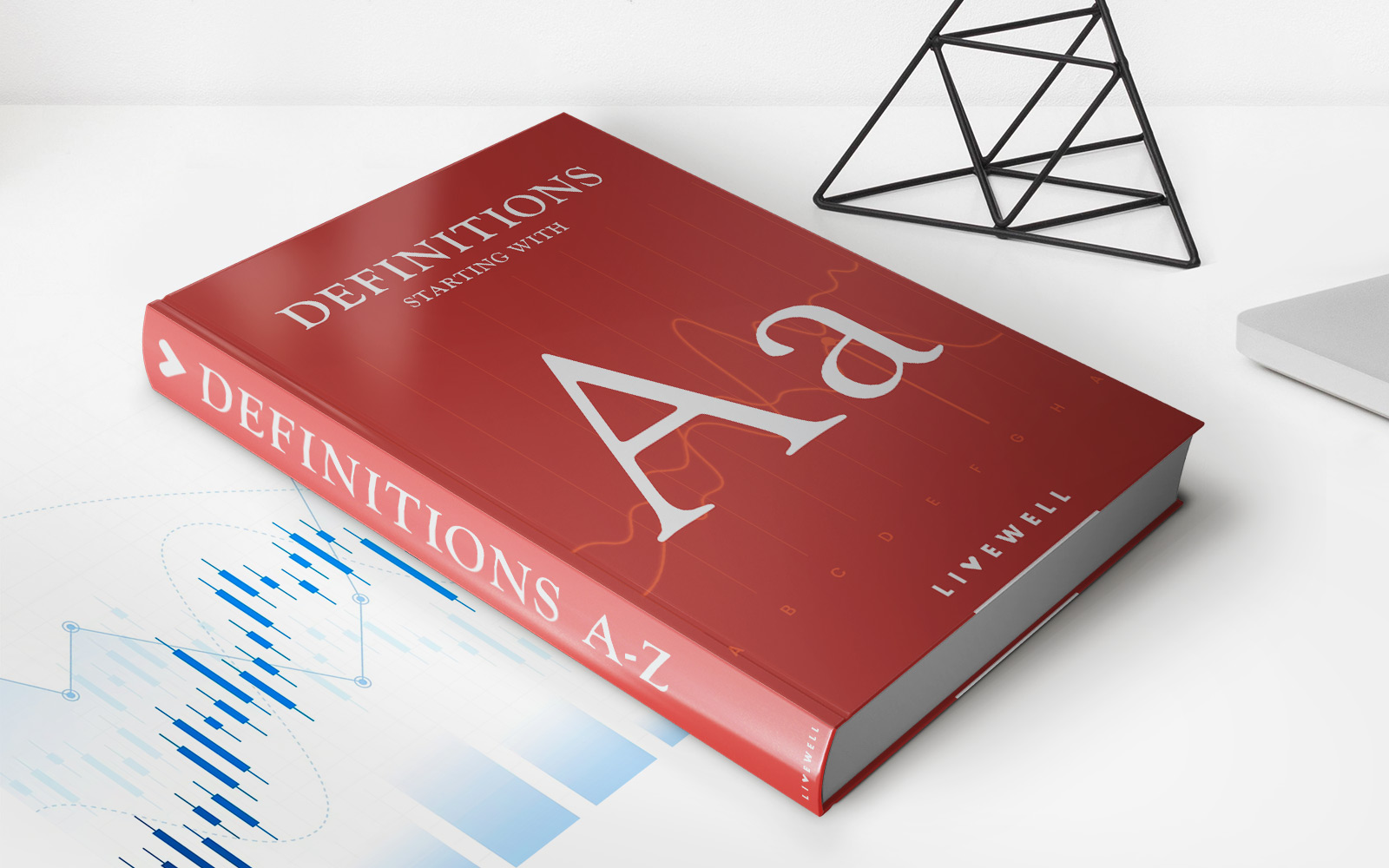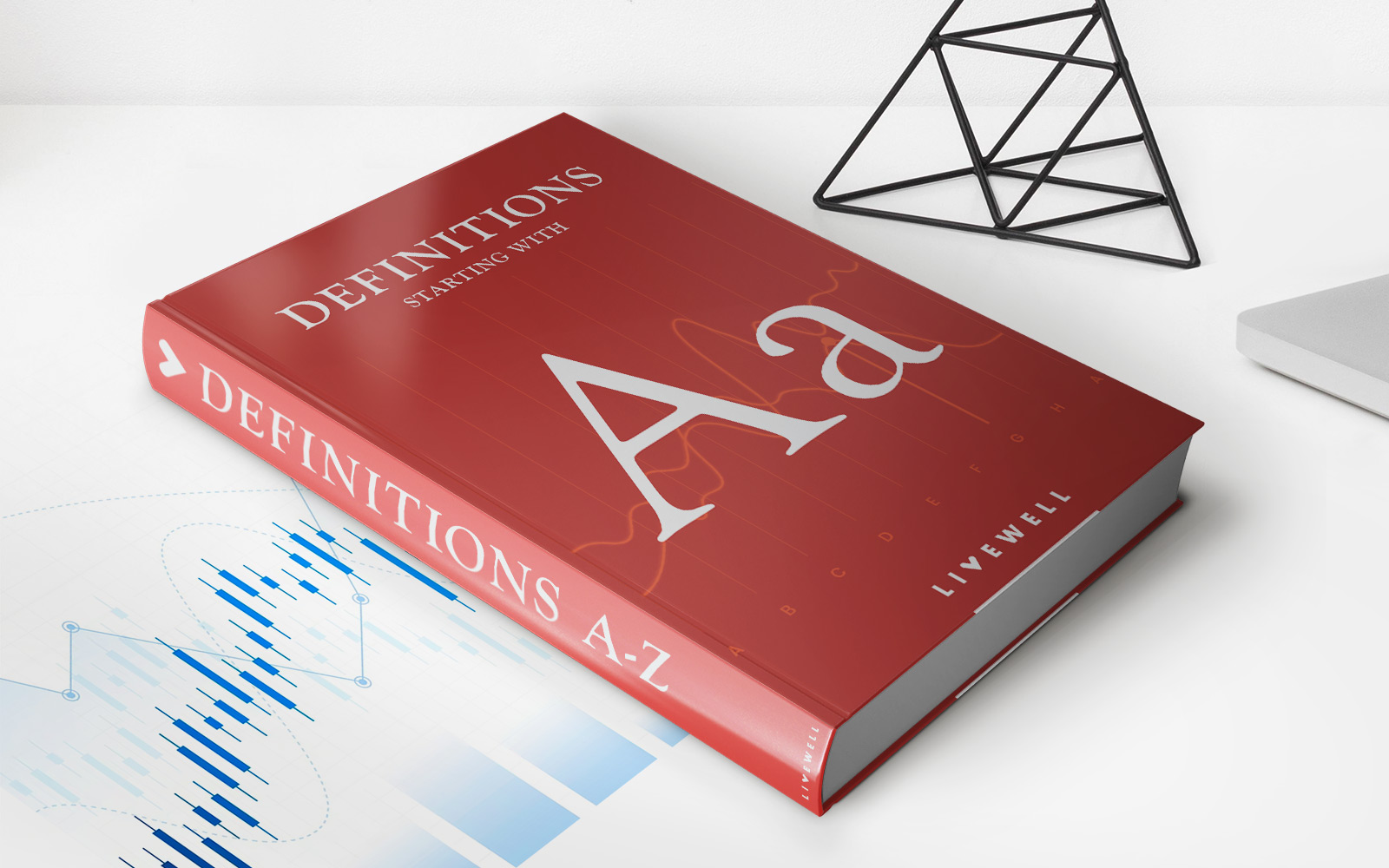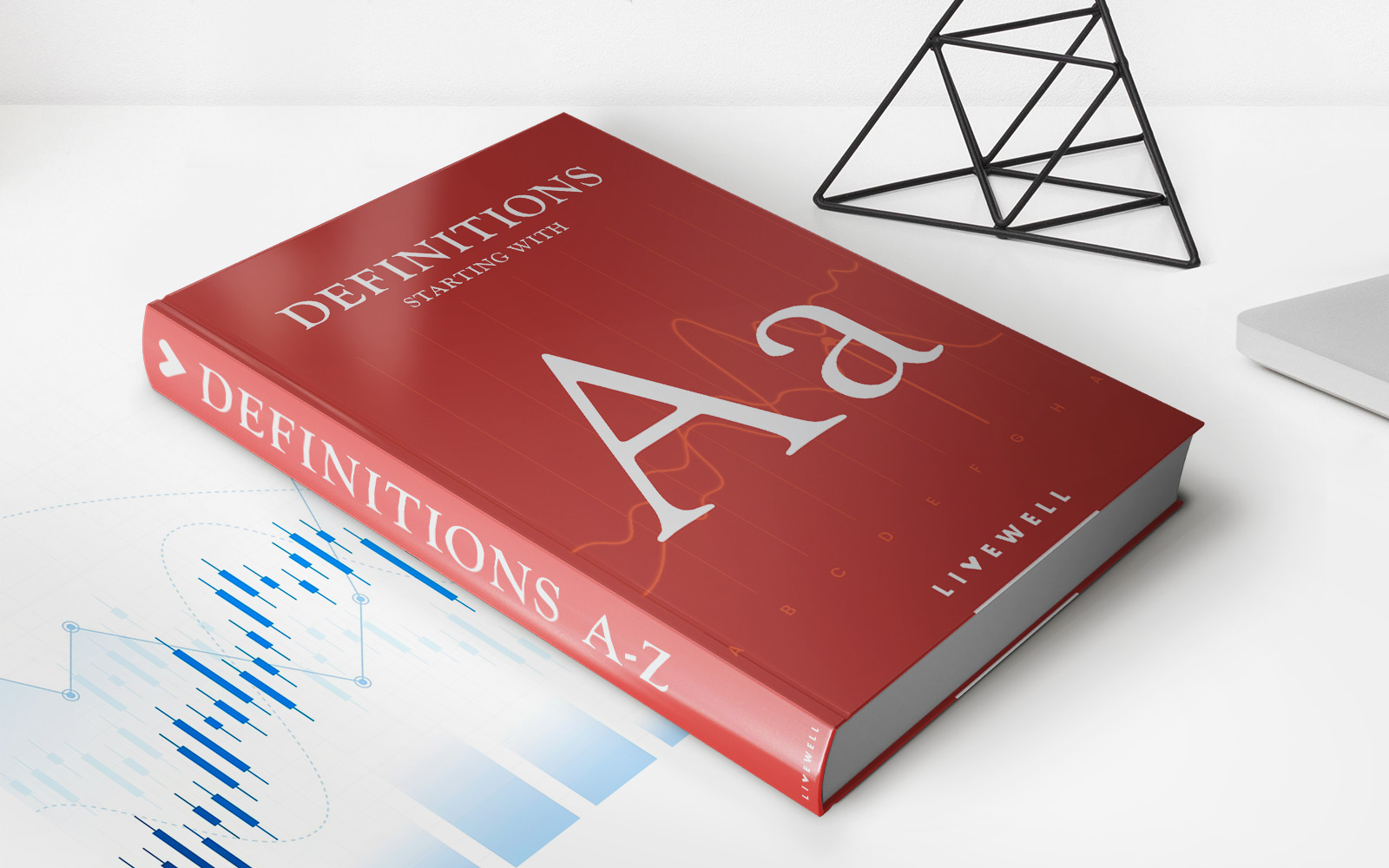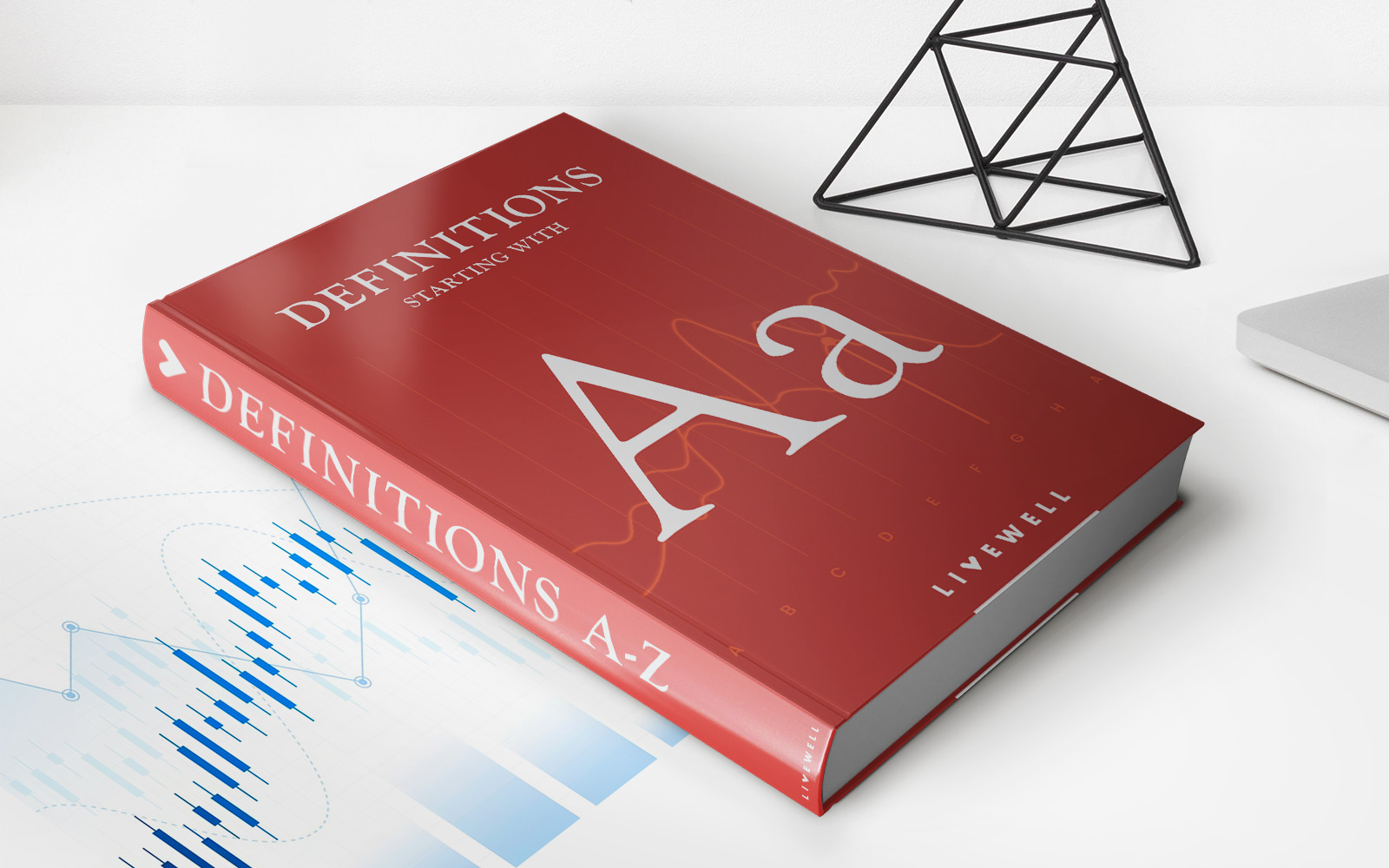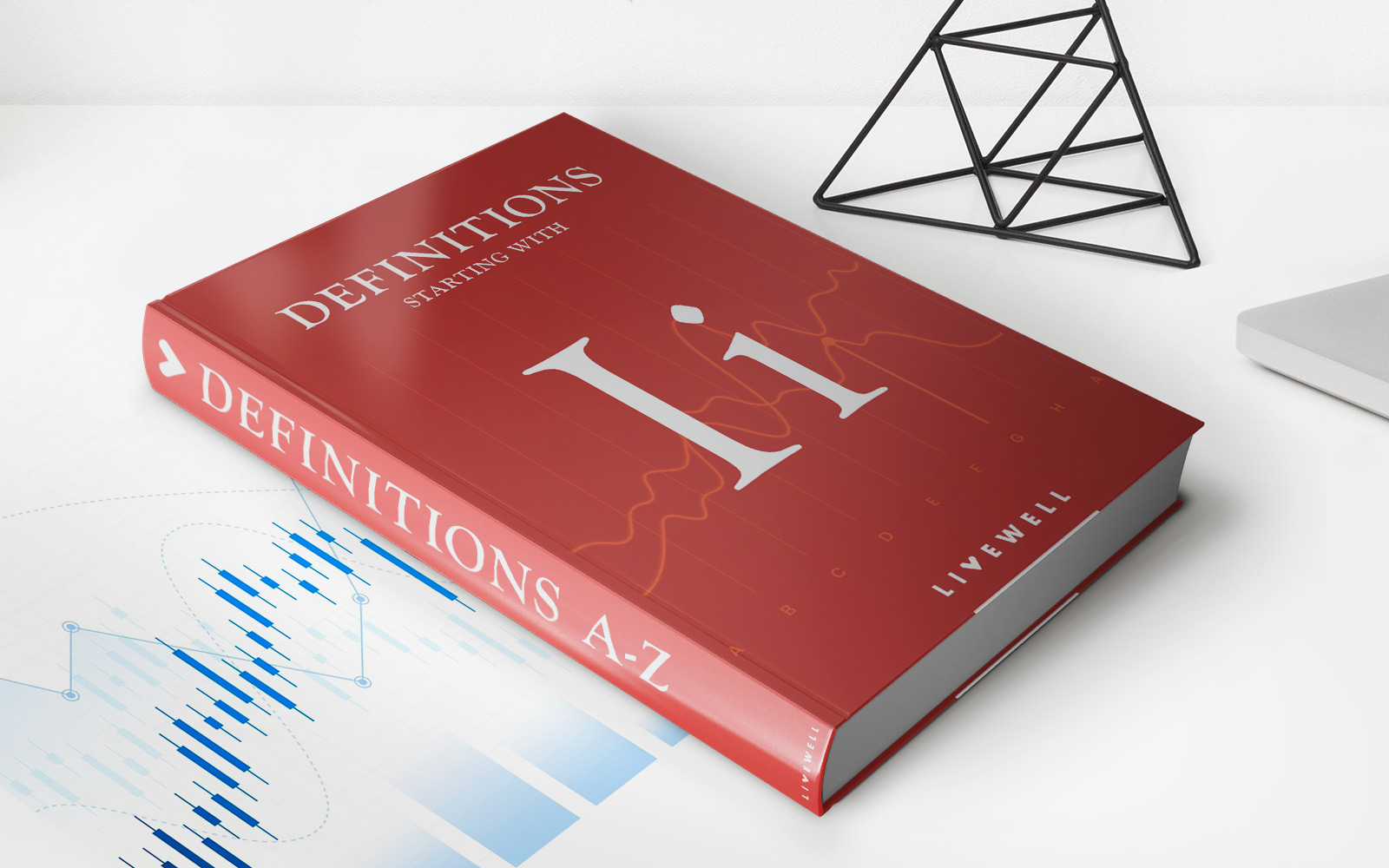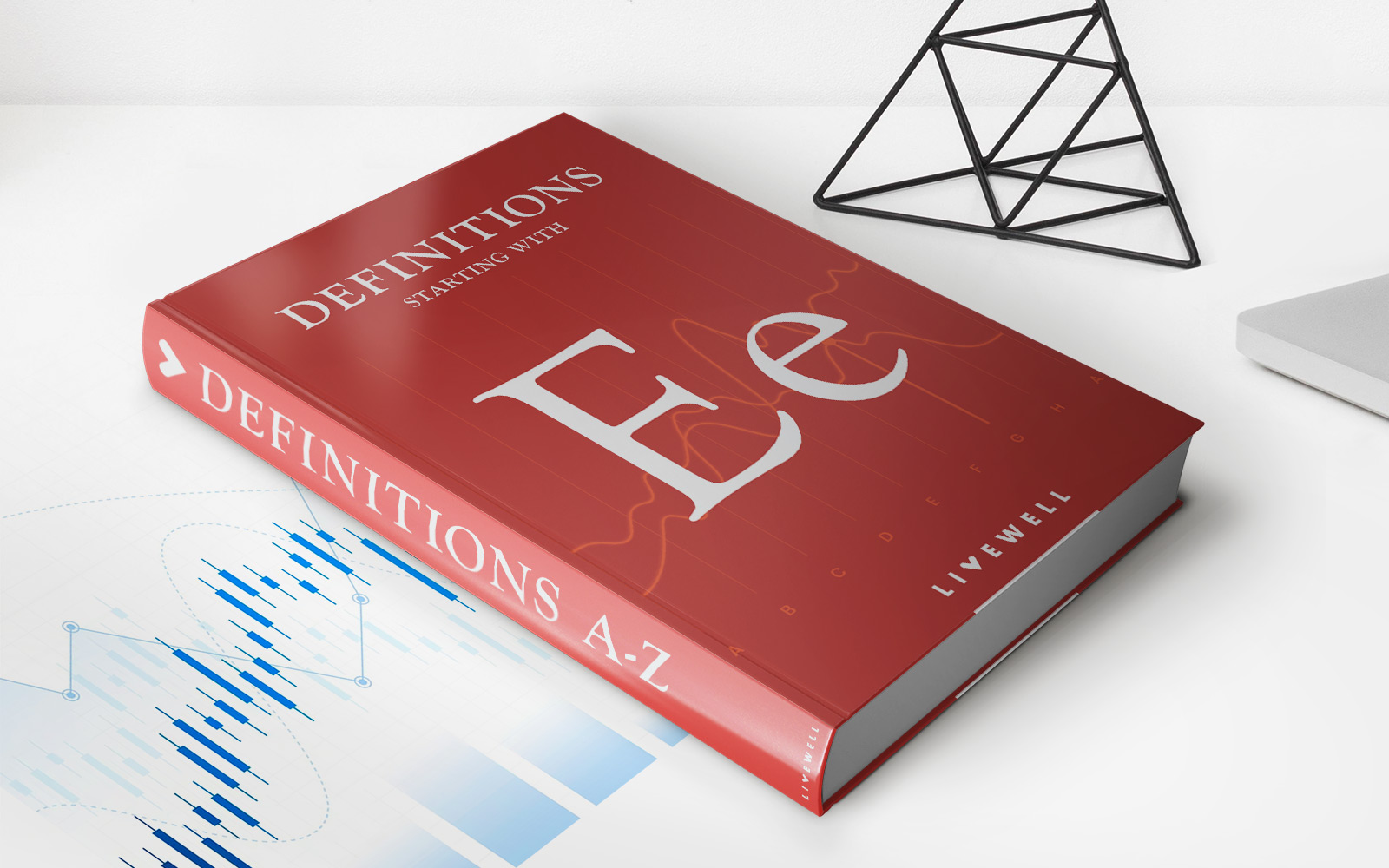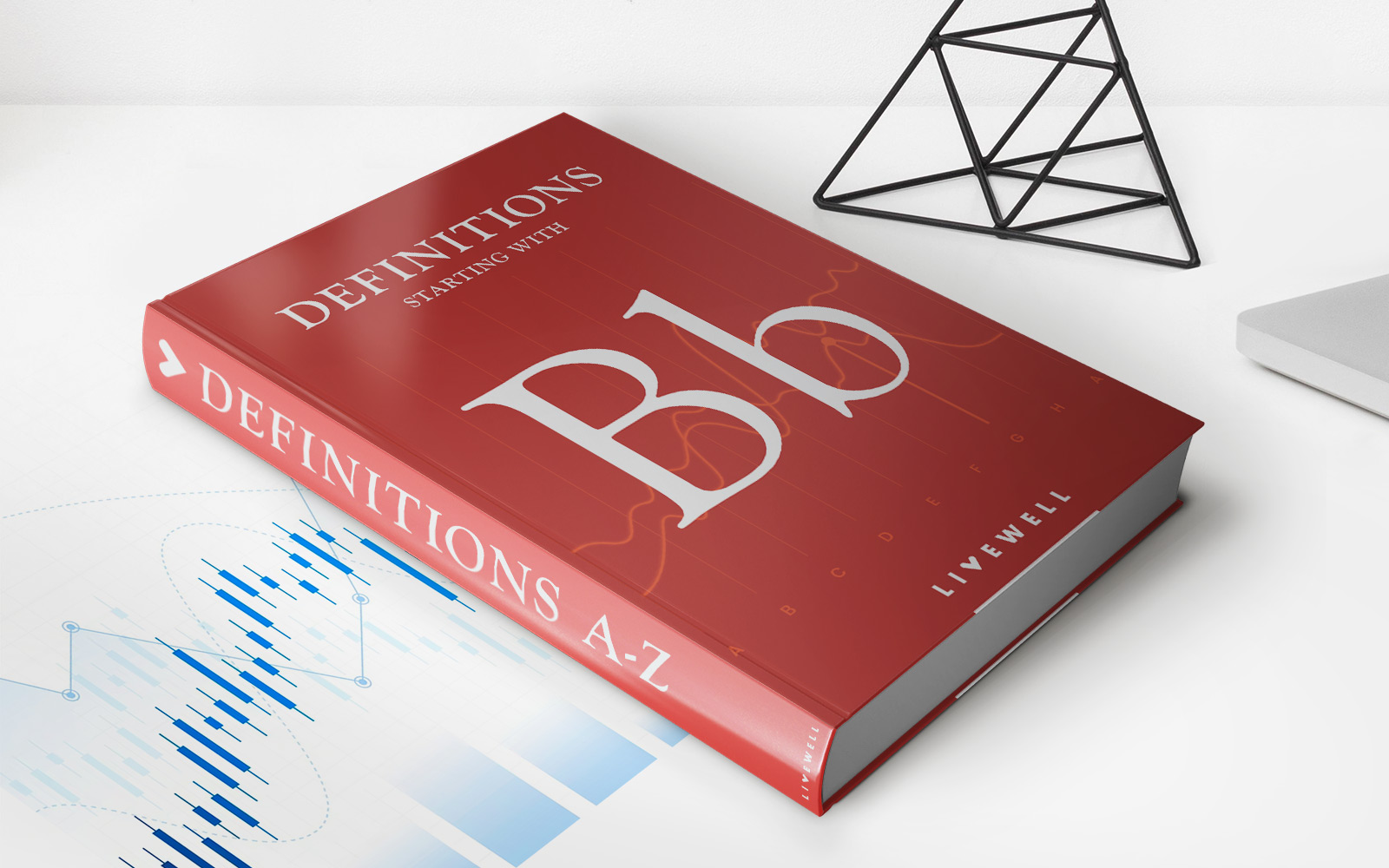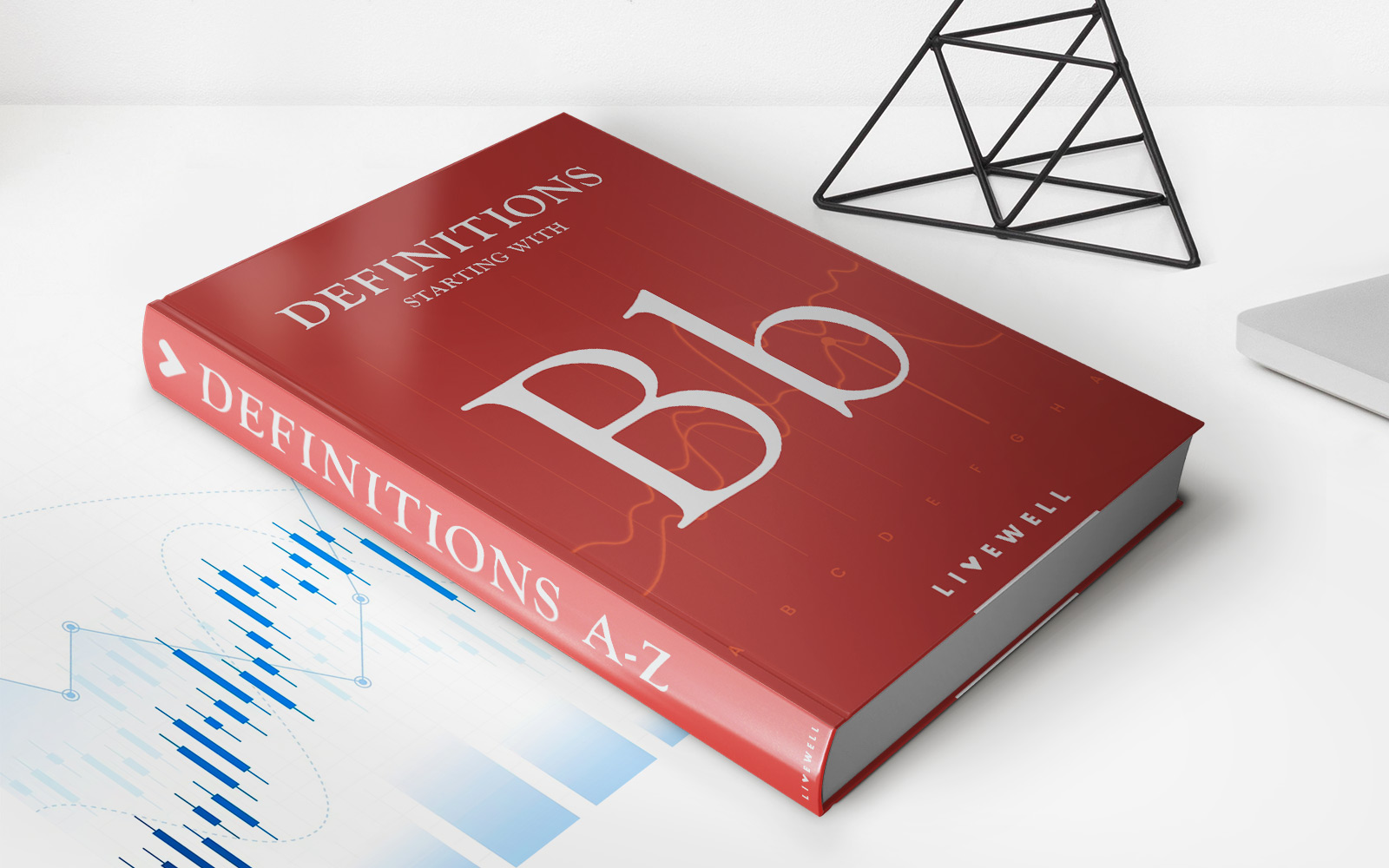

Finance
Bhutanese Ngultrum (BTN) Definition
Published: October 15, 2023
Learn about the Bhutanese Ngultrum (BTN) and its definition in the world of finance. Discover the significance and value of this currency.
(Many of the links in this article redirect to a specific reviewed product. Your purchase of these products through affiliate links helps to generate commission for LiveWell, at no extra cost. Learn more)
Understanding Bhutanese Ngultrum (BTN): A Closer Look at Bhutan’s Currency
Are you curious about Bhutan’s currency and what it represents? Look no further. In this blog post, we will provide you with a comprehensive overview of the Bhutanese Ngultrum (BTN), its history, its current significance, and its place in Bhutan’s finance landscape. So, let’s dive right in!
Key Takeaways:
- The Bhutanese Ngultrum (BTN) is the official currency of Bhutan.
- BTN is pegged to the Indian Rupee (INR) at a 1:1 ratio, maintaining a stable exchange rate.
A Brief History of the Bhutanese Ngultrum
The Bhutanese Ngultrum was introduced as the official currency of Bhutan in 1974, replacing the Bhutanese rupee. The word “Ngultrum” derives from the Bhutanese word “gul,” which means silver, and “ngul,” which translates to coin. The coins and banknotes of the Ngultrum represent the cultural heritage and natural beauty of Bhutan.
Initially, the Bhutanese Ngultrum was issued as a token currency, with its value tied to the Indian Rupee (INR) at par. However, in 1974, Bhutan established a unique arrangement with India, whereby the BTN was pegged to the Indian Rupee at a 1:1 ratio. This pegging ensures stability and facilitates trade between the two countries.
The Significance of the Bhutanese Ngultrum
While Bhutan is a small Himalayan kingdom nestled between China and India, the Bhutanese Ngultrum plays a pivotal role in their economy. As the official currency, BTN is not only used for everyday transactions but also for various government policies and initiatives aimed at driving socioeconomic development.
As mentioned earlier, the Bhutanese Ngultrum’s pegging to the Indian Rupee provides stability for Bhutan’s economy. This stability promotes seamless trade with India and fosters economic cooperation and growth between the two nations.
The cultural significance of the Bhutanese Ngultrum cannot be overlooked either. The designs on the coins and banknotes prominently feature Bhutanese landmarks, such as the Taktshang Monastery, and important figures from Bhutanese history and mythology. These cultural representations on the currency help preserve Bhutan’s heritage while embracing modern financial practices.
Conclusion: Embracing the Ngultrum
By now, you should have a good understanding of the Bhutanese Ngultrum, its historical background, and its current importance in Bhutan’s finance landscape. The BTN’s stability, cultural significance, and seamless integration with the Indian Rupee make it an essential component of Bhutan’s economy.
So, the next time you visit Bhutan, don’t forget to appreciate the beauty of the Ngultrum, not just as a means of exchange but as a symbol of Bhutan’s rich heritage and economic stability.
Key Takeaways:
- The Bhutanese Ngultrum (BTN) is the official currency of Bhutan.
- BTN is pegged to the Indian Rupee (INR) at a 1:1 ratio, maintaining a stable exchange rate.
